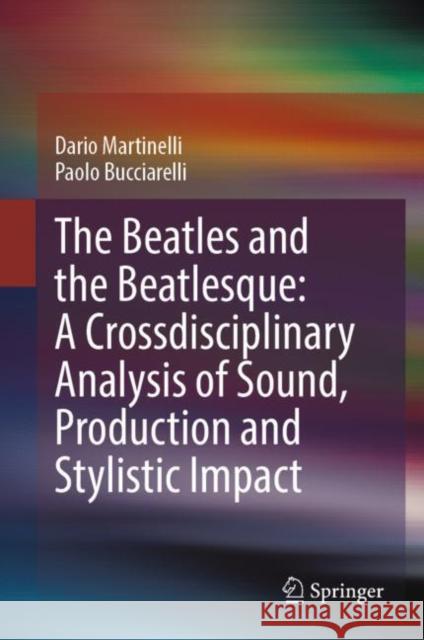The Beatles and the Beatlesque: A Crossdisciplinary Analysis of Sound Production and Stylistic Impact » książka
topmenu
The Beatles and the Beatlesque: A Crossdisciplinary Analysis of Sound Production and Stylistic Impact
ISBN-13: 9783031338038 / Twarda / 2023 / 214 str.
The Beatles and the Beatlesque: A Crossdisciplinary Analysis of Sound Production and Stylistic Impact
ISBN-13: 9783031338038 / Twarda / 2023 / 214 str.
cena 524,53
(netto: 499,55 VAT: 5%)
Najniższa cena z 30 dni: 462,63
(netto: 499,55 VAT: 5%)
Najniższa cena z 30 dni: 462,63
Termin realizacji zamówienia:
ok. 22 dni roboczych
Bez gwarancji dostawy przed świętami
ok. 22 dni roboczych
Bez gwarancji dostawy przed świętami
Darmowa dostawa!











